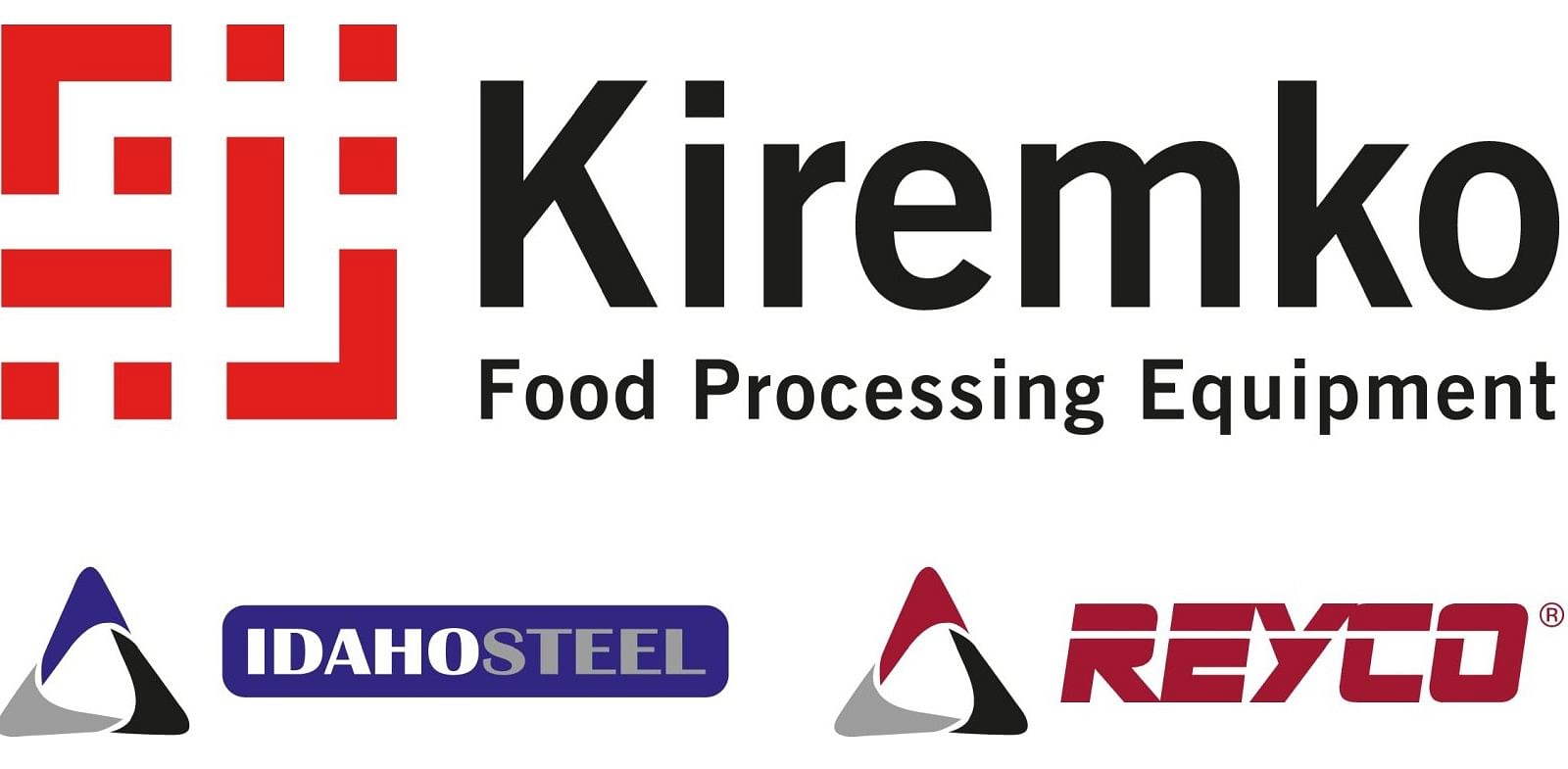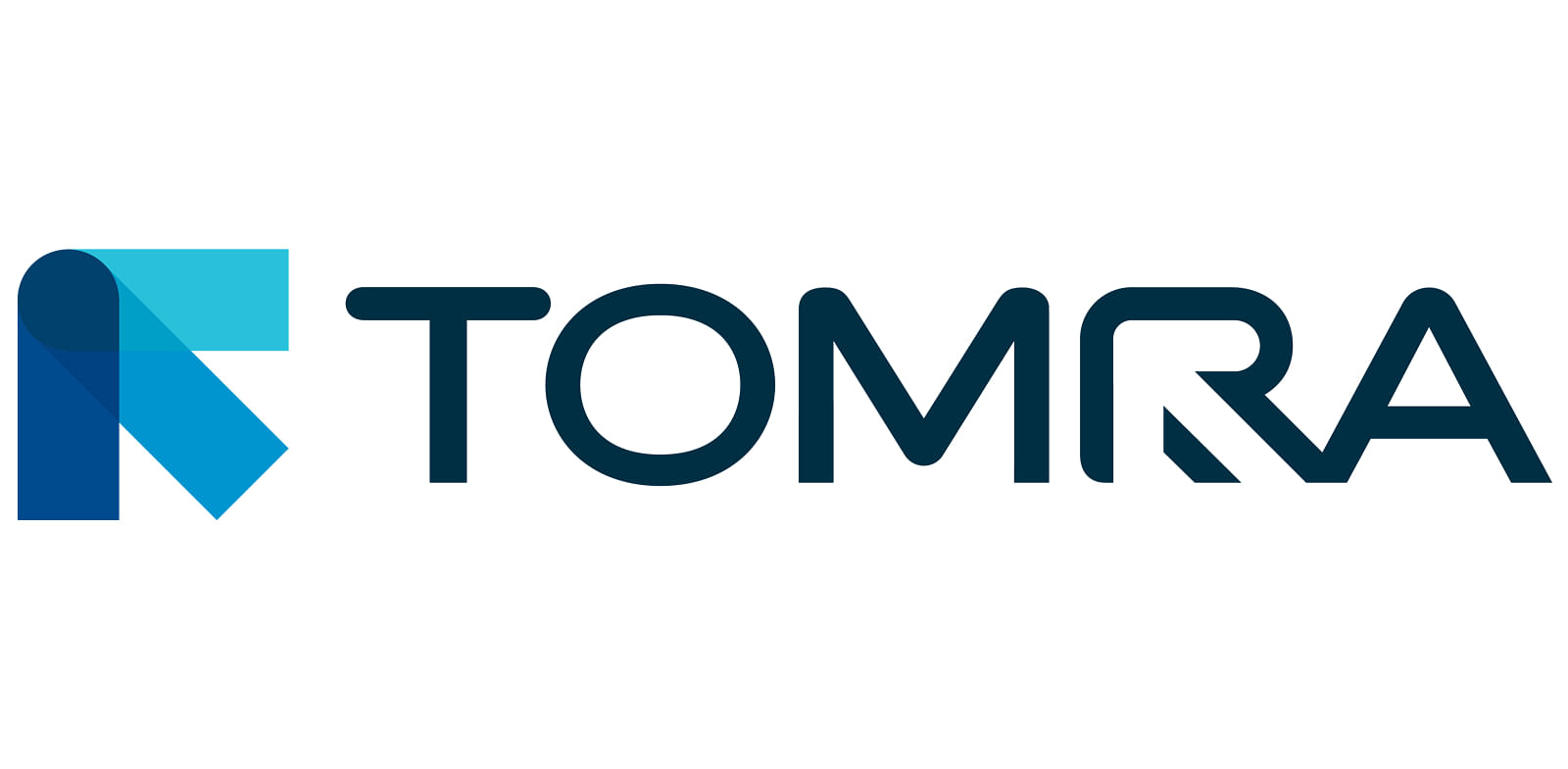Optical sorting is a highly advanced, automated technology used in the potato industry to sort and grade potatoes and potato products by size, shape, quality, and the presence of defects or foreign materials. By leveraging sophisticated imaging systems, artificial intelligence, and machine vision, optical sorters deliver consistent quality, reduce labor costs, and maximize processing efficiency.
- Aprender
- Equipamiento de Procesamiento
- Clasificación óptica
Acerca de la Clasificación óptica
Haga clic aquí para ampliar y obtener más información!
How Optical Sorting Works
- Imaging and Detection: Potatoes are conveyed through the sorter, where they are photographed from multiple angles using high-resolution color and near-infrared (NIR) cameras. These cameras capture detailed images of each potato, covering 100% of their surface, allowing the system to analyze size, shape, color, and surface defects.
- Lighting Technology: Advanced lighting systems, such as pulsed LED technology, illuminate the potatoes with different light frequencies to enhance defect detection, including discoloration, green spots, bruises, rot, and residual peel.
- AI and Software: The captured images are processed by sophisticated software and AI algorithms, which classify potatoes based on customizable criteria such as size, shape, quality, and presence of defects. Deep learning enables the system to improve its accuracy over time by learning from new data and operator feedback.
- Sorting Mechanism: Once analyzed, potatoes are directed into different categories or ejected from the line using mechanical or pneumatic devices. Some systems can sort up to 16 categories in a single pass, including premium, standard, and reject grades.
Key Sorting Criteria and Capabilities
- Quality: Detects and removes potatoes with blemishes, rot, green spots, burns, scab, rhizoctonia, and other surface or internal defects.
- Size and Shape: Sorts potatoes by precise size and shape parameters, supporting uniformity for retail, processing, or seed purposes.
- Foreign Material Removal: Identifies and ejects stones, soil, plant debris, and other contaminants to ensure food safety.
- Multi-Category Sorting: Some machines can sort up to 16 different categories simultaneously, allowing for premium product selection and efficient bulk processing.
Industry Applications
- Seed Potatoes: Ensures only healthy, defect-free tubers are selected for planting, improving crop quality and yield.
- Fresh Market and Retail: Delivers visually appealing, uniform potatoes for consumer markets.
- Processing (Chips, Fries, etc.): Removes off-color, burnt, or green potatoes to ensure consistent quality in finished products.
- Post-Peeling Inspection: Detects residual skin, green color, or rot after peeling, routing defective tubers for reprocessing or removal.
Advantages of Optical Sorting
- Labor Savings: Dramatically reduces manual labor—one operator can oversee processes that previously required several workers.
- Consistent Quality: Advanced imaging and AI ensure high, repeatable accuracy in defect detection and grading, leading to uniform product quality.
- High Throughput: Capable of processing many tons per hour, supporting large-scale operations and export requirements.
- Flexibility and Customization: Sorting criteria and categories are easily adjustable to suit different batches, varieties, or market needs. Settings can be rapidly changed for new requirements.
- Data Collection and Integration: Many systems collect real-time product data, which can be used for traceability, yield mapping, process optimization, and integration with business IT systems.
Technological Innovations
- AI and Deep Learning: Systems learn from operator input and real-world images, improving their ability to detect new or subtle defects over time.
- Cloud Connectivity: Some machines offer cloud-based data exchange, remote monitoring, and parameter adjustments, supporting precision agriculture and traceability from field to customer.
- Multi-Spectral and Chemical Imaging: Use of multiple light frequencies and chemical imaging improves detection of internal and external defects, further enhancing accuracy.
"Optical sorting has revolutionized the potato processing industry by combining high-speed imaging, artificial intelligence, and automated handling to deliver superior product quality, efficiency, and cost savings. Its ability to adapt to changing requirements, minimize labor, and provide detailed process data makes it an essential technology for modern potato operations of all sizes."
Explore Clasificación óptica Productos

SiftAI® Smart Table for Foreign Material Detection & Potato Grading
La SiftAI® Mesa Inteligente es una solución de inspección todo en uno para procesadores de papas, que permite clasificar, calificar, dimensionar y detectar materiales extraños no deseados automáticamente, con poca o ninguna intervención humana.

Digital Size Measurement on potato harvester
AVR ha integrado un sistema de medición digital de tamaño en la cosechadora de papa autopropulsada Puma 4.0. Este sistema utiliza cámaras montadas en la cinta de llenado del compartimiento para determinar el tamaño de las papas durante la cosecha.
Browse Companies Offering Clasificación óptica

Kiremko Food Processing Equipment
Kiremko Food Processing Equipment es un proveedor global de líneas completas de procesamiento de papas, así como de equipos independientes como peladoras, blanqueadores, secadores y freidoras.

TOMRA Food
TOMRA Food diseña y fabrica máquinas de clasificación basadas en sensores y soluciones integradas post-cosecha que transforman la producción alimentaria mundial para maximizar la seguridad alimentaria y minimizar las pérdidas de alimentos, asegurándose de que Cada Recurso Cuente.
